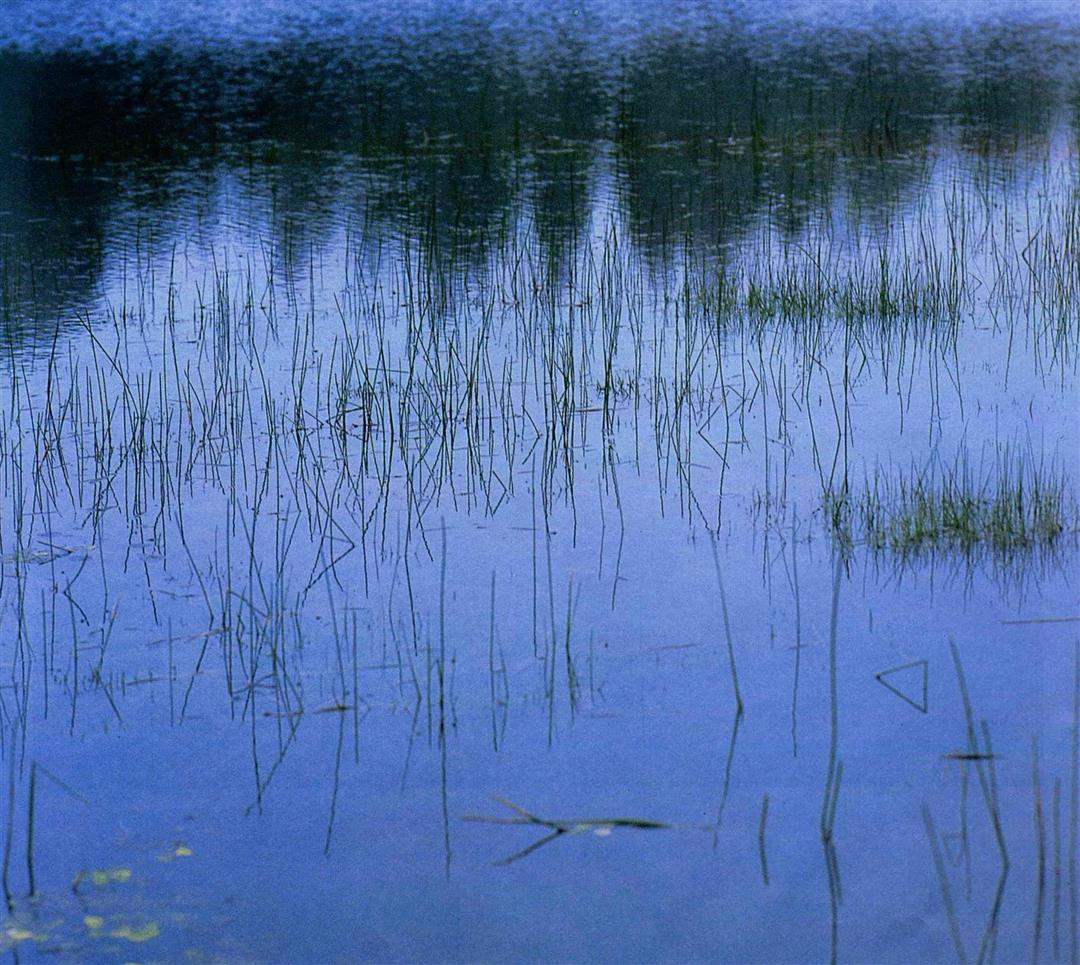
This month Sinorama presents the second in its series on Taiwan's scenic spots, a visit to Yangmingshan National Park just north of Taipei.
When the ROC Administrative Yuan designated Yangmingshan a national park last May, many Taipei residents were taken aback--"Yangmingshan! Isn't that the place with the flower clock, the gardens and the springtime cherry blossoms?"
They were only partly right. Actually, the park on Yangmingshan (shan means mountain) familiar to Taipei residents makes up just one fortieth of the national park, which extends over 11,000 hectares. The "contents" of the national park are much more considerable as well. Part of the Tatunshan Range, Yangmingshan National Park includes some 20 dormant volcanoes, with attendant hot springs and geysers. Of the park's 1200 species of plants, some are unique to Taiwan and some are found only at high altitudes. According to an estimate by Professor Lin Yueh-sung of National Taiwan University's Zoology Department, the region contains 59 species of birds, 12 of frogs and 5 of squirrels. Butterflies are tops with 130, making the park a paradise for lepidopterists.
With so much to see, where does one begin? Keeping the busy urbanite in mind, park authorities have mapped out two walking tours, each of which can be completed in a day's outing. Authorities also plan to set up a tourist service center with maps, models and information specialists to further assist visitors. "To protect the mountains' natural beauty, the park will have no stores or vendors. So visitors should bring along canteens and lunches," says Liu Ch'ing-nan, a park official. Also, because it rains a lot, visitors had better take raingear, as well as wearing long pants and sneakers.
The first tour starts at Sungyuan, just an hour's busride away from the heart of Taipei, and passes by T'aiyangku (Sun Valley), Menghuanhu (Dream Lake) and Ch'ishingshan (Seven Stars Mountain). The other route, flanked by peonies and azaleas, winds around Tatunshan, one of Taiwan's most famous scenic areas, where butterflies abound.
Starting from Sungyuan, a 20-minute walk takes one first to Taiyangku, also known as "Yangmingshan pastureland." Sheep and cattle graze on the grassy fields here in spring and summer and then move down the mountain in fall. In winter, the scene appears rather bleak but city dwellers can still be incited to kick off their shoes and run around barefoot in the grass. No trees grow here because underlying sulfur deposits have made the soil too acidic. A half day's trek to the east lies 800-meter high K'uangtsuishan, a favorite goal of hikers.
But the tour route heads off instead for Menghuanhu. Along the way are four ancient-style pavilions, their flying eaves and graceful arches blending exquisitely with the landscape. Leaning on the railing and catching the breeze is a pleasant and picturesque way to cool off. The last pavilion has two storeys; spread out below is a panoramic view of the winding Keelung and Tamsui Rivers and bustling Taipei.
Because few can resist the temptation to stop at the pavilions, the one-hour walk to Menghuanhu usually takes two. Most people arrive around lunchtime for picnics. Within a circumference of three kilometers the lake supports some 50 species of plant life, including a rare type of water scallion, the shuichiu, protected in of-limit conservation areas. Two-thirds of the lake is covered with vegetation in summer. In winter it is a mist-enshrouded home to waterfowl that migrate from the mainland.
An hour's walk from the lake comes the tour's main attraction--Ch'ihsingshan. The mountain is a classic example of a conical volcano. It gets the name "seven stars" from seven little peaks on its summit. Extinct now, it last erupted 300,000 years ago during the most recent of the Tatunshan Range's three series of eruptions. As a result, most of the region's geothermal activity is concentrated here. A puff of breeze in the right direction and a visitor can get "dry-cleaned and disinfected at the same time," according to a park attendant, by the sulfur steam geysers half way up. When walking by the holes it's best to watch one's step; the temperature ranges from 90 to 120 degrees Centigrade, hot enough to boil an egg. Many of the geysers are quite large. One with a height of 100 meters continually roars like an explosion.
Sprayed by geysers or washed by streams, various mineral deposits color the mountain face with light spots of red, yellow, black and white. Stranger yet is the effect the geysers produce in winter. When it snows, which is not uncommon here on the highest mountain in the Tatunshan Range, the sulfur in the geysers forms into shiny yellow crystals that look enough like the real thing to be called "fool's gold."
Completely different in appeal to robust Ch'ihsingshan is another extinct volcano, Tatunshan, goal of the park's second walking tour. Tatunshan was one of the first volcanos in the range to lay dormant, and its crown is weatherworn into a bell-like shape. The summit, where most visitors like to picnic, can be reached after a walk of two hours from the nearest bus stop.
Screened off from strong west winds by tall bamboo, watered by southern showers and lacking the sulfur deposits of Ch'ihsingshan, Tatunshan is richer in flora and fauna. Professor Lin recalls running into five butterfly collectors here one June who had caught over 5000 specimens in half a day. The variety of butterflies is matched only by the variety of flowers in which they sport. Bright red azaleas are particularly splendid set off against the tall green mang grass, whispering in the wind. Mang grass itself produces in the fall a little flower that turns the mountainside into a world of white. Nor is the mountain lacking in trees, most of them tall black maples. White egrets can sometimes be seen soaring overhead.
Returning down the mountain at sunset to a symphony of cicadas and squirrels, one can't but agree with the sentiments of writer Yeh Yen-tu: "That just 10 or 20 kilometers outside Taipei one can still see round volcanos and rich green forests and fields, hear the whoosh of the northeast wind in mountain pines and the low moan of the mang grass, smell the pungent odor of sulfur steam and the cool, fresh scent of the grass--all this comes completely from the blessing of nature." Taipei is blessed indeed to have such a wealth of natural beauty so close at hand.
(Peter Eberly)
[Picture Caption]
Sulfur fumes have streaked the craggy volcanic rocks with pale yellow.
The fumes spurting out of a crater on Ch'ihsingshan look like mist blownabout by the wind.
The dank rock face is covered with moss and brake.
A butterfly on Tatunshan "courts the flowers", just like in a favorite genre of traditional Chinese painting.
Its abundant flora and fauna make the Tatunshan region a fine place for collecting specimens.
A grasshopper on a moss-covered tree, oblivious of itself.
Hotsprings, these in the form of a waterfall, are yet another vestige ofthe region's volcanic activity of 300,000 years ago.
A secluded stone hut, nestled in bamboo, makes for a tranquil stop alongthe way.
These plump pumpkins were grown on the park.
Looking down from Yangmingshan Park on a panorama of bustling Taipei.
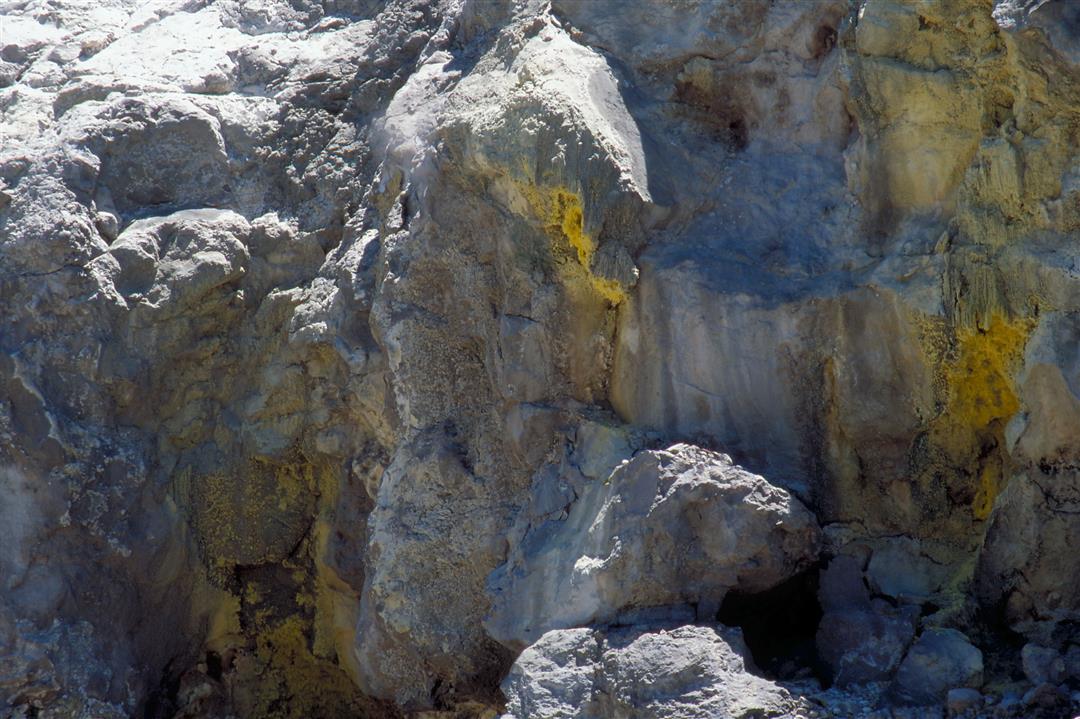
The fumes spurting out of a crater on Ch'ihsingshan look like mist blown about by the wind.
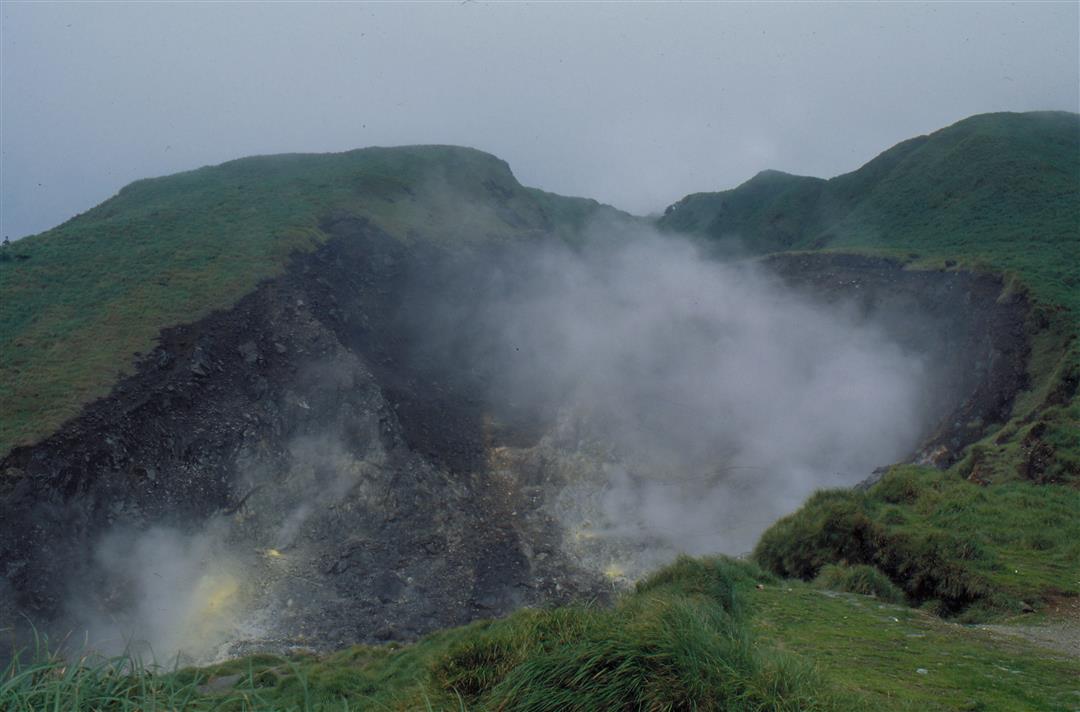
The dank rock face is covered with moss and brake.
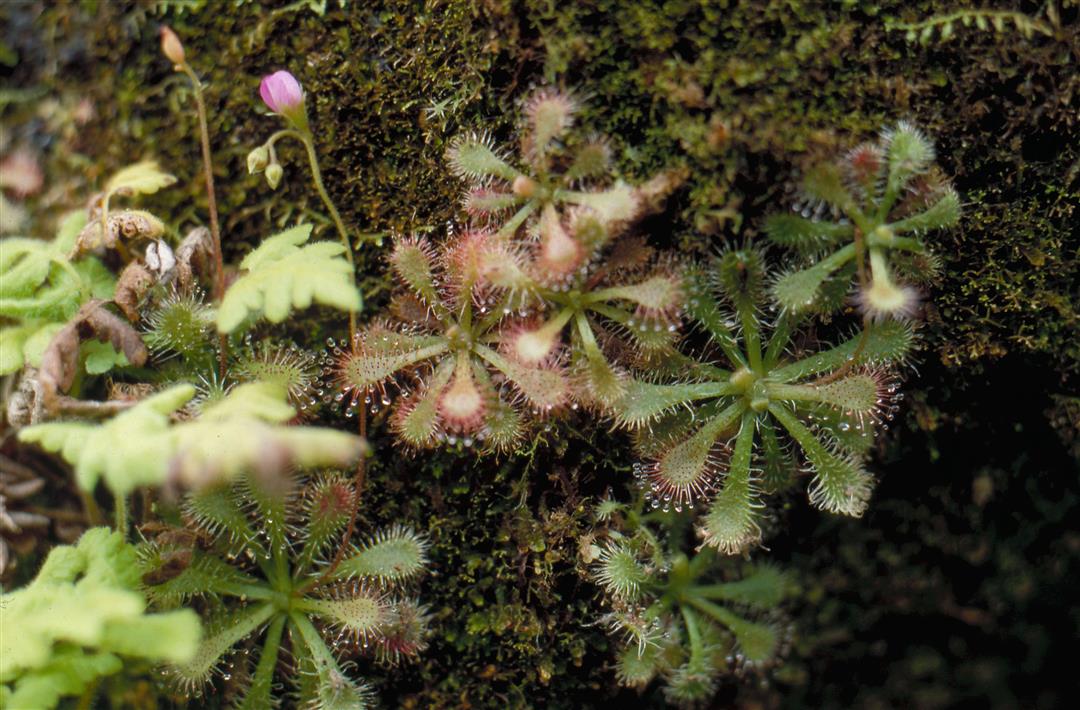
A butterfly on Tatunshan "courts the flowers", just like in a favorite genre of traditional Chinese painting.
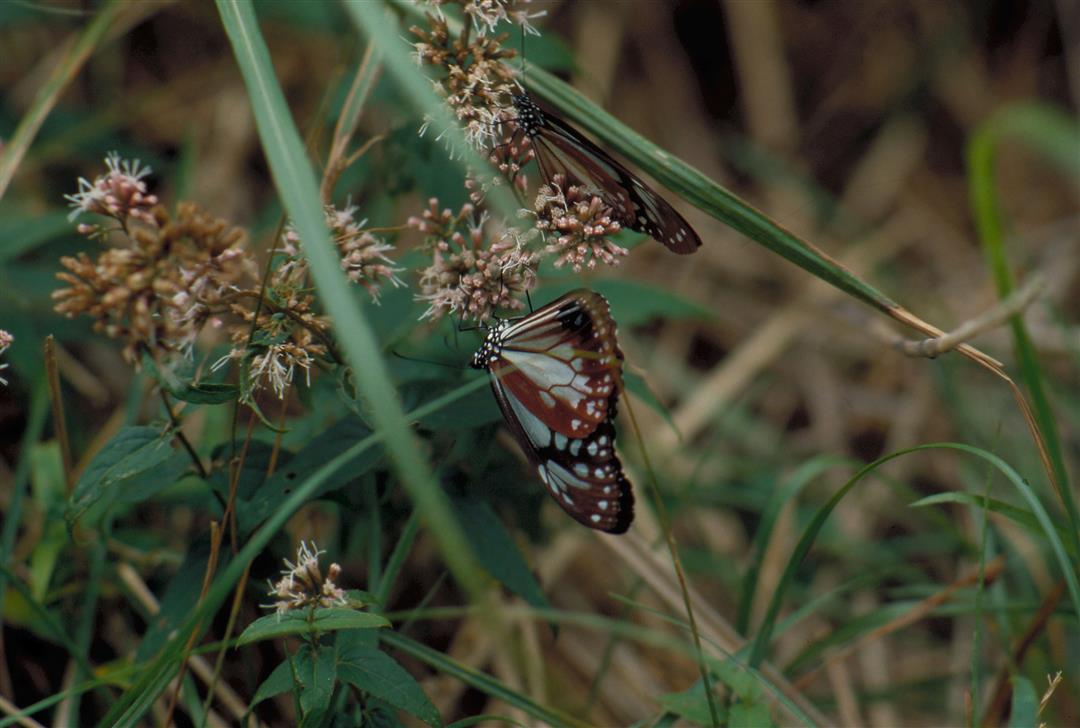
Its abundant flora and fauna make the Tatunshan region a fine place for collecting specimens.
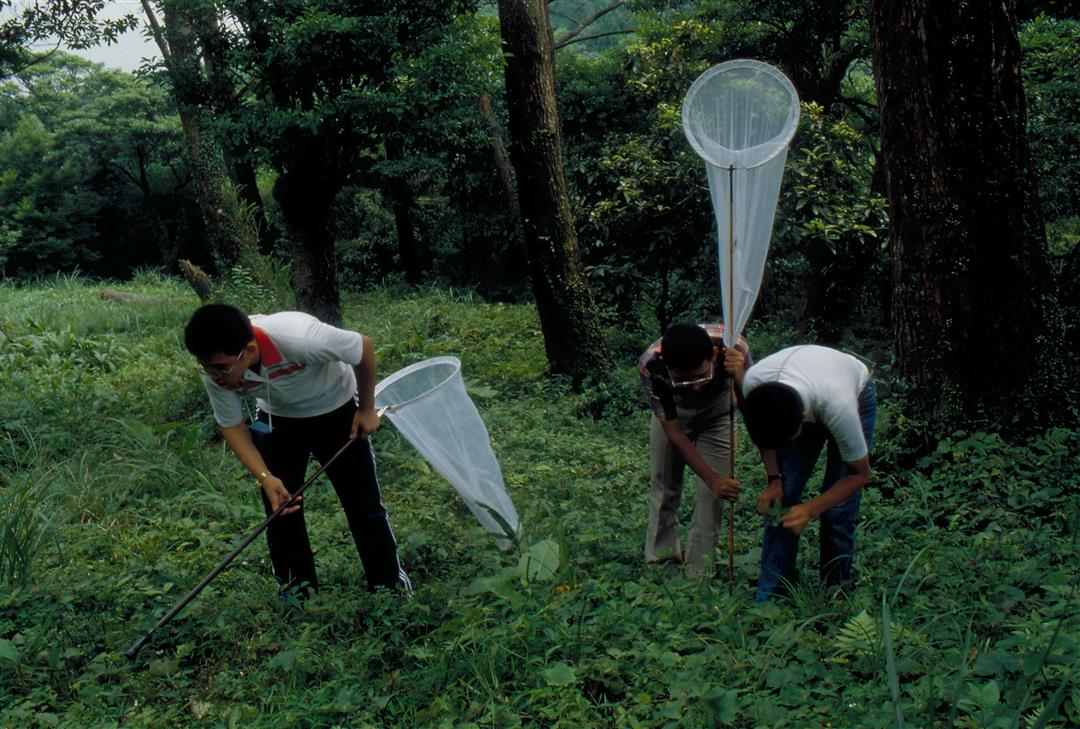
A grasshopper on a moss-covered tree, oblivious of itself.
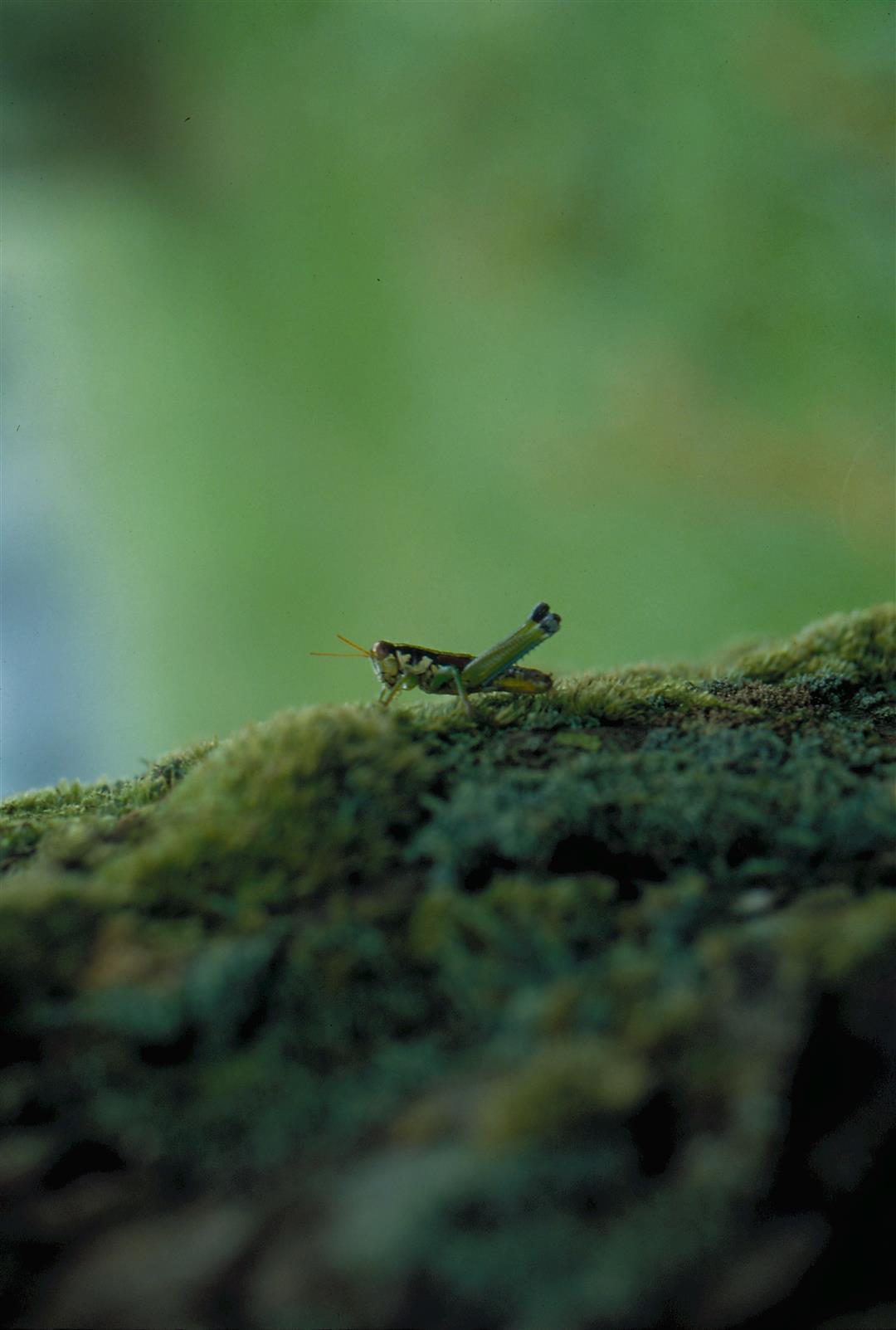
Hotsprings, these in the form of a waterfall, are yet another vestige of the region's volcanic activity of 300,000 years ago.
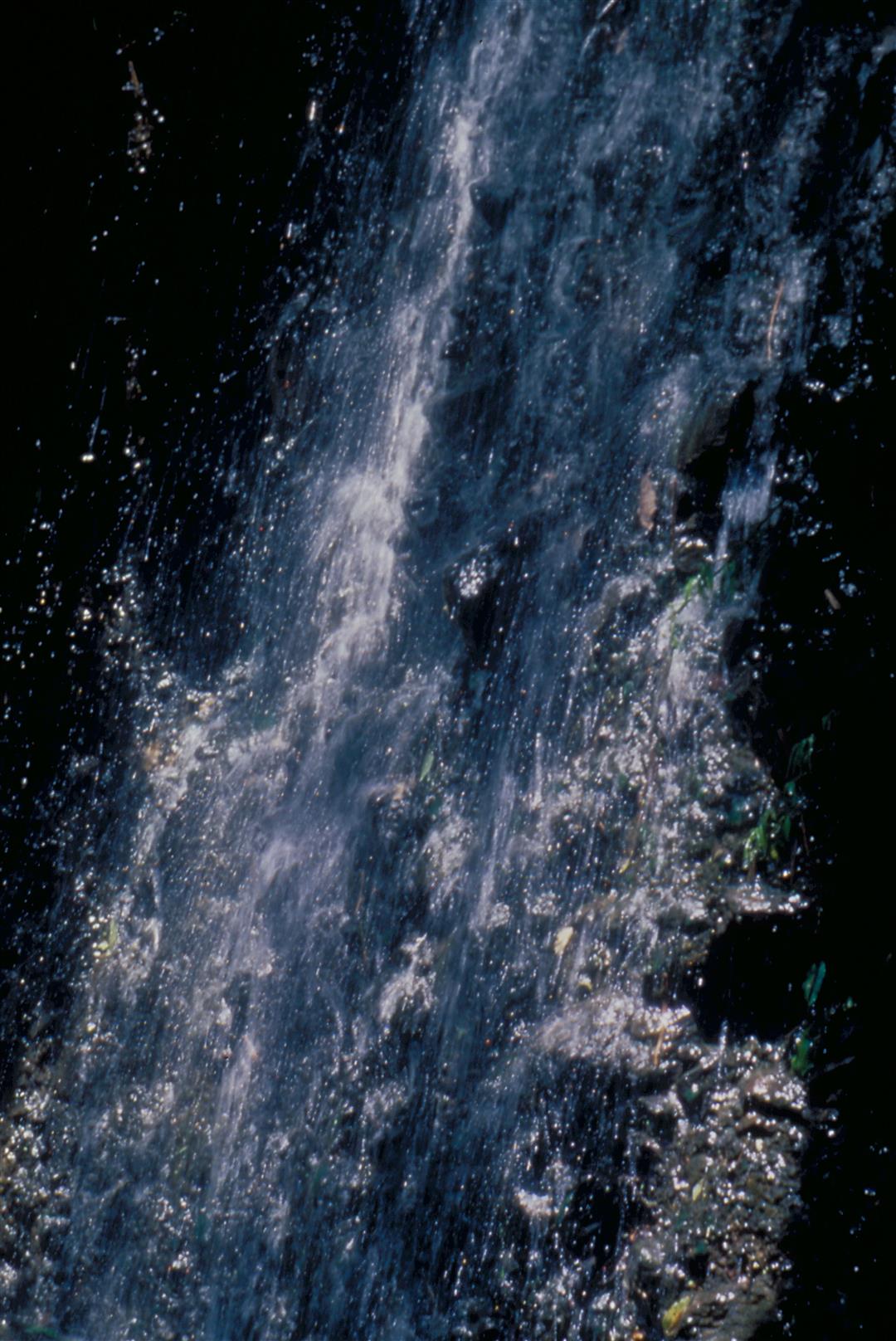
A secluded stone hut, nestled in bamboo, makes for a tranquil stop along the way.
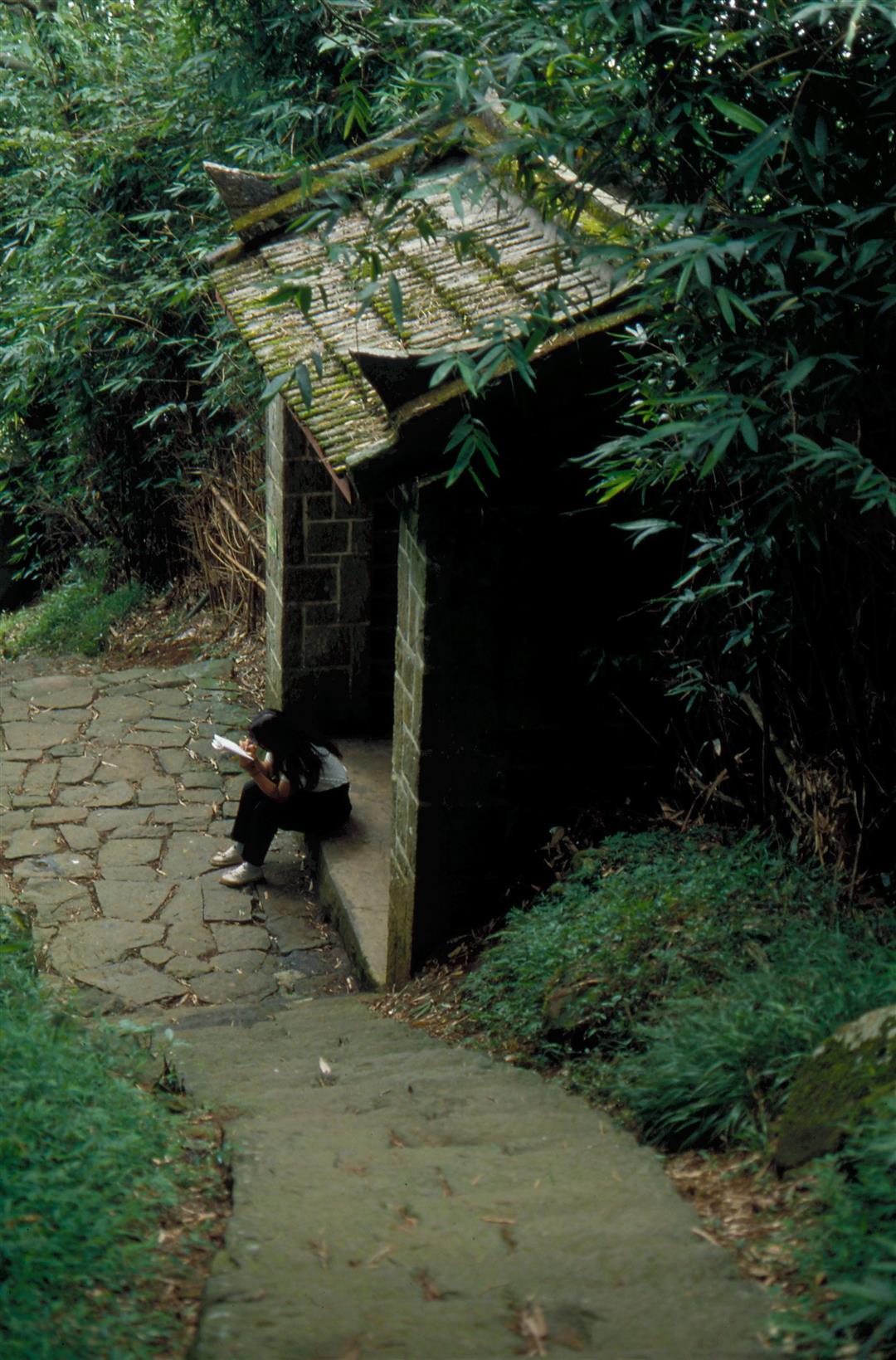
These plump pumpkins were grown on the park.
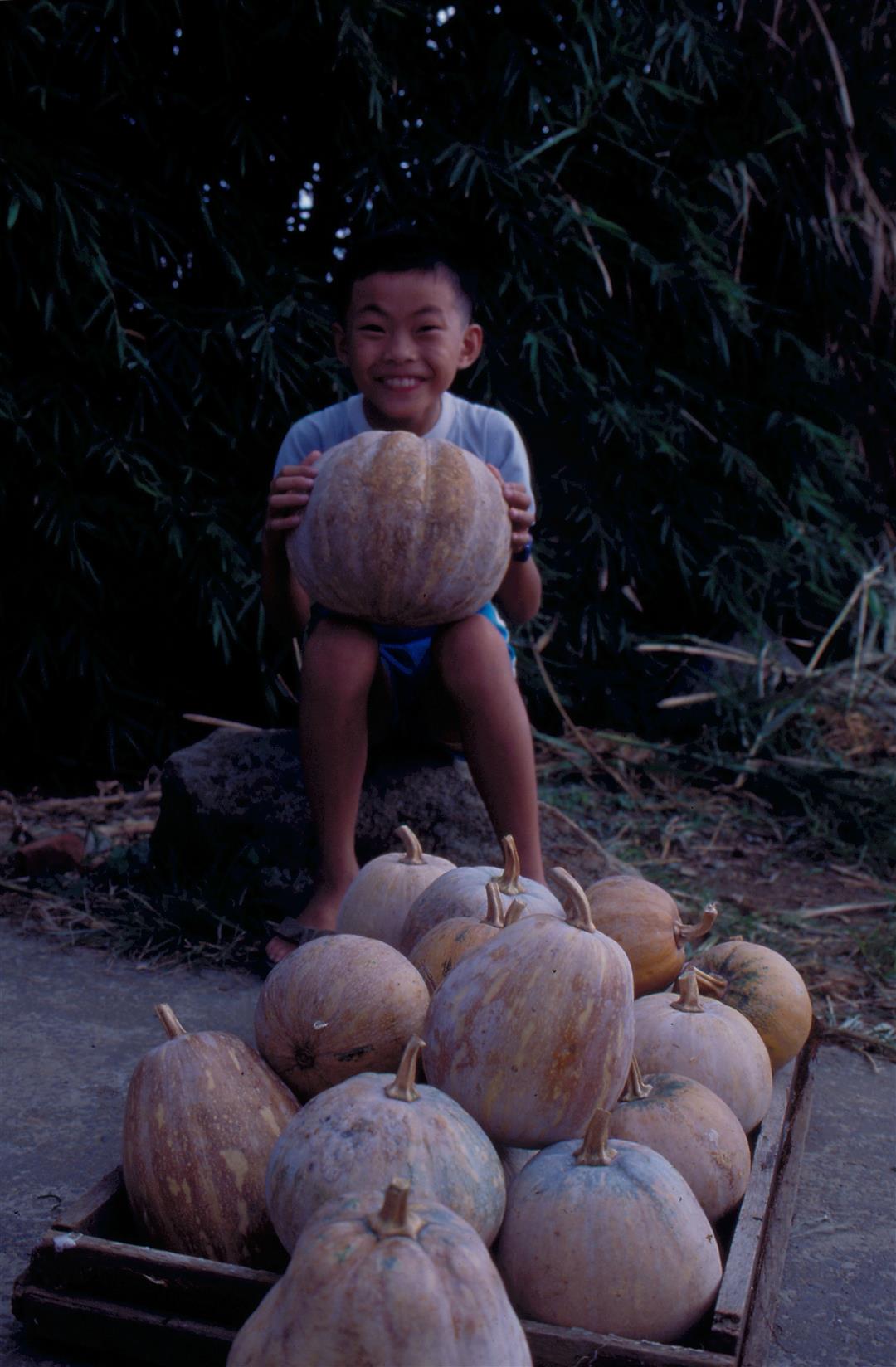
Looking down from Yangmingshan Park on a panorama of bustling Taipei.
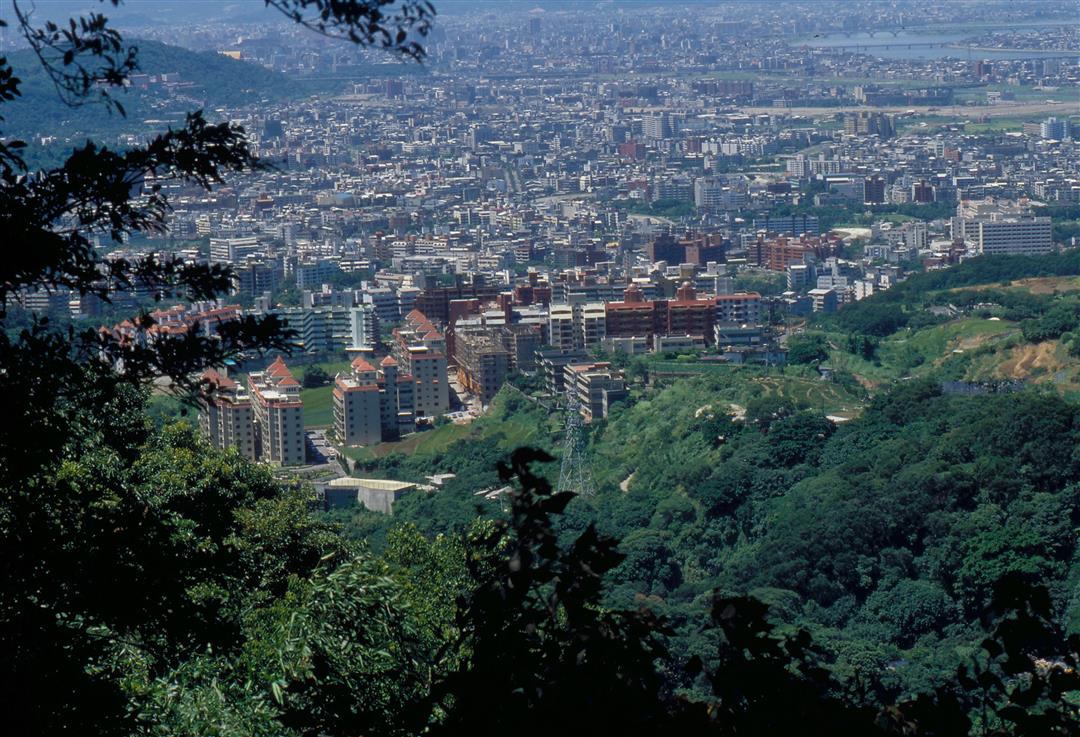
Looking down from Yangmingshan Park on a panorama of bustling Taipei.

@List.jpg?w=522&h=410&mode=crop&format=webp&quality=80)


@List.jpg?w=522&h=410&mode=crop&format=webp&quality=80)


